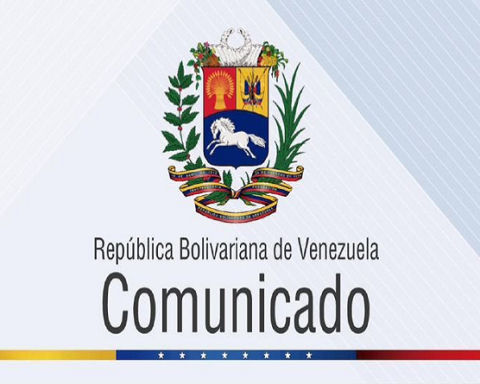November 3, 2024, 4:00 AM
November 3, 2024, 4:00 AM
Ricardo Roman | School Director Alberto Blest Wins
While we debate whether to ban cell phones in schools, Sam Altman’s company announced OpenAI o1, the artificial intelligence that can reason, its third installment of disruptive improvements in less than a year. The same thing happens with other artificial intelligences such as Gemini from Google or LLAMA from Meta, the owner of Facebook and Whatsapp, which are constantly improving their own artificial intelligences.
The same occurs with other technologies such as those developed by Elon Musk’s Neuralink, which a few weeks ago managed to get a quadriplegic person to give orders to a computer, from a device connected to his brain, and another blind person who could see from a kind of camera also connected to their brain, anticipating that in a short time communication with machines and with other people will be connecting their own brains.
Like computers, the Internet and smartphones before, artificial intelligence will quickly enter all areas of our lives. In fact, accessing it is easy and cheap. The truly scarce thing will be knowing how to take advantage of it. In the immediate future, the great gap that students and professionals will suffer will be between those who know how to interact with artificial intelligence, ask questions, think with the tool, write good prompts, and those who do not.
Prompting (writing instructions) is the way we interact with artificial intelligence, in fact prompting or prompting engineer is already a profession. To write good prompts, which help create or discover valuable things with AI, critical and logical thinking is needed (scientific, mathematical, computational, literary).
A well-trained head with the support of artificial intelligence will create unbeatable differences, and not only to do better tasks in school but to research in science, design in architecture or engineering, program software, discover the cause of diseases, create new medicines, or write legal or journalistic texts, many times without needing to be specialists and with answers in seconds for jobs that would take weeks and months.
In schools, the cell phone can be a powerful, massive and very economical interface to get started in learning based on artificial intelligence.
Almost all children have phones, their parents need them connected, and artificial intelligence is available for free or almost free. Children have AI at their fingertips and more than half are already using it normally.
ChatGPT on the cell phone can function as an assistant, a tutor or a private teacher to whom to ask or comment, something that the AI responds to better and better because it is trained with our questions to be increasingly personalized. Imagine a teacher who is supported by AI on the cell phone of each of his forty students, to resolve doubts or give feedback, so the teacher concentrates on guiding the exploration of a subject, energizing an activity and supporting the least advantaged students. . In places where teachers are lacking, this technology can provide an invaluable service.
In short, the urgent challenge is to stop fearing it and transform teachers of all subjects into expert prompt writers, by training thinking and rearticulating their subjects and strategies. Students should not be prohibited from using cell phones, they should be taught to prompt. This will define the border between leaving our children on the sidelines or opening the future for them.
Some schools have already started.


















